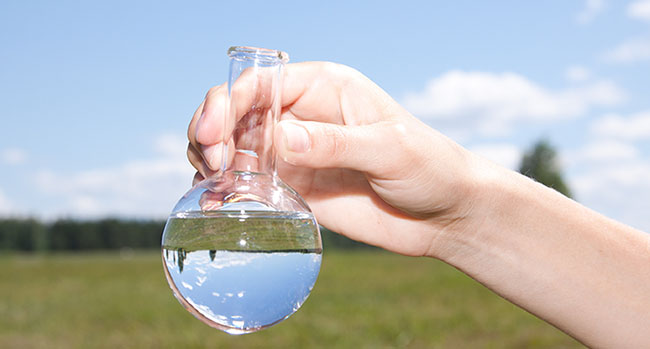
Maintaining water quality in household storage tanks is essential for ensuring safe and clean water for everyday use. Poorly maintained tanks can lead to contamination, posing health risks to the household. Here are some effective strategies to keep your water storage tanks in optimal condition and maintain high water quality.
Regular Cleaning and Sanitization
One of the most crucial steps in maintaining water quality is regular cleaning and sanitization of the storage tanks. Over time, sediments, algae, and other contaminants can accumulate at the bottom of the tank, leading to water contamination. It is recommended to clean the tank at least once every six months. Start by emptying the tank completely, then scrub the interior walls with a brush and mild detergent. Rinse thoroughly to remove any residue. Finally, disinfect the tank with a solution of chlorine or other approved sanitizers, and let it sit for a few hours before rinsing again.
Install Proper Filtration Systems
A reliable filtration system is essential for preventing contaminants from entering the storage tank. Install filters at the inlet and outlet points to remove debris, sediments, and other impurities. Consider using multi-stage filtration systems that include sediment filters, carbon filters, and UV sterilizers to ensure comprehensive water treatment. Regularly check and replace the filters to maintain their efficiency and prevent clogging.
Ensure Proper Tank Ventilation
Proper ventilation is crucial for maintaining water quality in storage tanks. Ventilation prevents the buildup of harmful gases and keeps the water oxygenated. Install vent pipes with insect-proof screens to allow air circulation while keeping insects and other contaminants out. Ensure that the vents are clean and free from obstructions to facilitate proper airflow.
Monitor and Maintain Water Levels
Monitoring and maintaining optimal water levels in the storage tank can help prevent contamination. Avoid overfilling the tank, as this can lead to spillage and attract pests. On the other hand, do not let the water level drop too low, as this can cause sediments to resuspend and contaminate the water. Use a water level indicator or sensor to keep track of the water levels and maintain them within the recommended range.
Use Safe and Non-Toxic Materials
The materials used for the construction and maintenance of water storage tanks can affect water quality. Ensure that the tank is made from food-grade, non-toxic materials that do not leach harmful chemicals into the water. Avoid using paints, coatings, or sealants that contain toxic substances. Choose products that are specifically designed for potable water storage and are approved by relevant authorities.
Conduct Regular Inspections
Regular inspections are essential for identifying and addressing potential issues that could compromise water quality. Check for signs of leaks, cracks, corrosion, and other damages that could lead to contamination. Inspect the tank fittings, pipes, and connections for any wear and tear. Address any issues promptly to prevent further damage and ensure the tank remains in good condition.
Protect the Tank from External Contaminants
Protecting the storage tank from external contaminants is vital for maintaining water quality. Install a secure cover or lid to prevent debris, insects, and animals from entering the tank. Ensure that the area around the tank is clean and free from potential sources of contamination, such as garbage, chemicals, and stagnant water. If the tank is located outdoors, consider installing a protective barrier or enclosure to shield it from environmental factors.
Test Water Quality Regularly
Regular water quality testing is essential for ensuring that the water in the storage tank is safe for use. Conduct tests for common contaminants, such as bacteria, nitrates, and heavy metals, at least once a year. Use reliable water testing kits or seek the services of a professional water testing laboratory. If any contaminants are detected, take immediate corrective actions, such as cleaning and disinfecting the tank or upgrading the filtration system.
In conclusion, maintaining water quality in household storage tanks requires regular cleaning, proper filtration, ventilation, monitoring, and protection from external contaminants. By following these best practices, you can ensure safe and clean water for your household, promoting a healthy and sustainable living environment.


